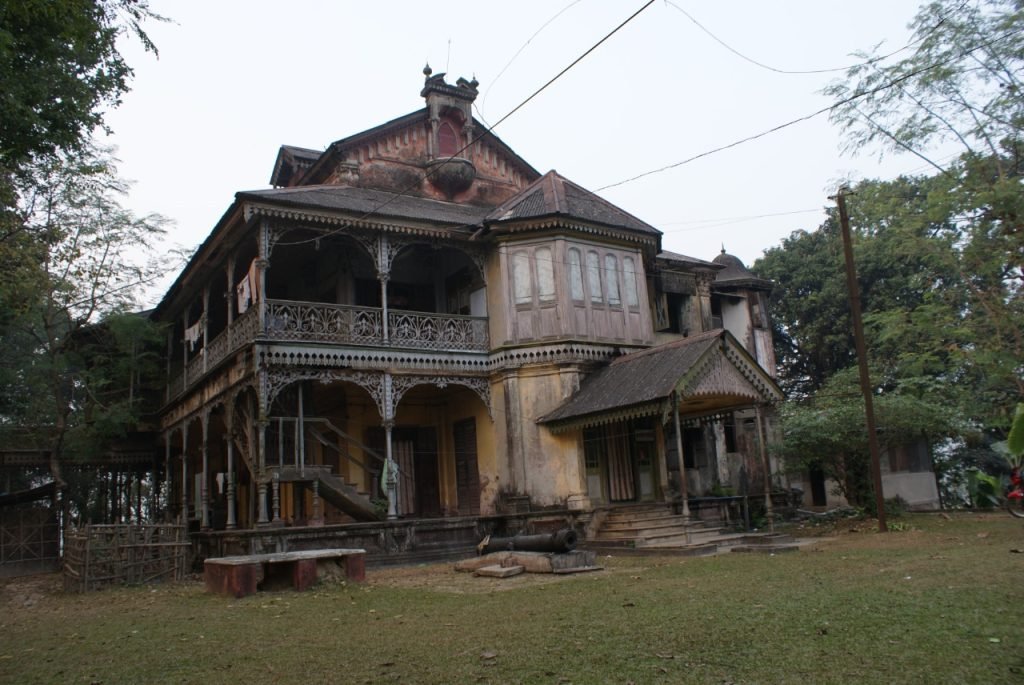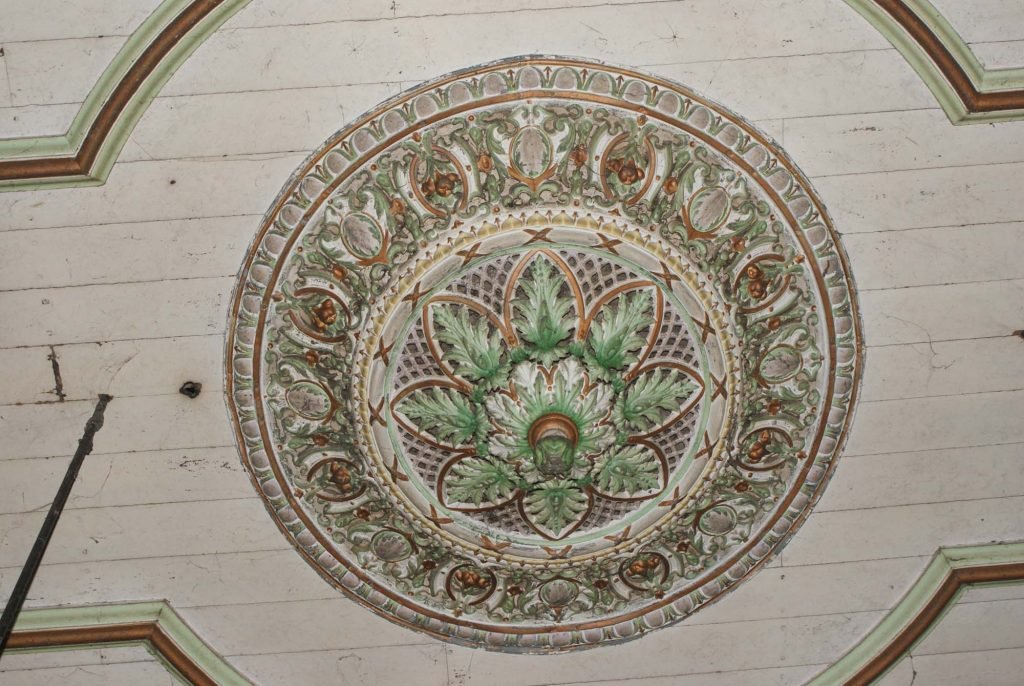As you drive down to Gauripur from Guwahati, tune in to Goalpariya Lokogeet; you will find no better companion on the 260 km ride than these folk songs that tell you how life is just a journey and how you are born, made and moulded for it. It was first popularised by Goalpariya folk music queen Padmashree Late Pratima Barua Pandey. Born in Gauripur (erstwhile undivided Goalpara), which is situated on the banks of River Gadadhar, Smt. Pratima Pandey shares her place of birth with two other eminent personalities— her uncle, actor late Sri Pramathesh Chandra Barua and her sister elephant queen Smt. Parbati Barua.



Flanked by Laokhowa beel, Gauripur is steeped in history. Raja Prabhat Chandra Barua, the architect of this small town of West Assam, was a patron of the arts. He inspired Zamindars of the Estate Raj to make Gauripur a hub of music and drama. He designed the roads of Gauripur in such a way that anyone travelling beyond Gauripur had to go through the historic town. On its northeastern side, atop a hill is Matiabag Palace or Hawakhana, a heritage building built in 1914 and a veritable living museum and home to the royal family of Gauripur. About 15 km away is the World War II era airfield, Rupsi, with a 1.8 km runway that was built in 1943 on almost 3,000 bighas of tea estate land to supply arms, manpower, and ammunition to Allied forces. (Operational now, after 37 years, tourists can relive history). And finally, just across the river is Asharikandi, a village known for its terracotta and fine art products. Home to Hiramati, a special type of soil that lends itself fabulously to pottery and terracotta craft, Asharikandi is where skill, soil, climate, and age-old traditions have combined to create a distinctive style of terracotta, today famed the world over.
Just 75 kms away is the Cooch Behar Palace, idealized from the classical European style, the magnificent palace was built by the ‘Koch” king Maharaja Nripendra Narayan in 1887.



